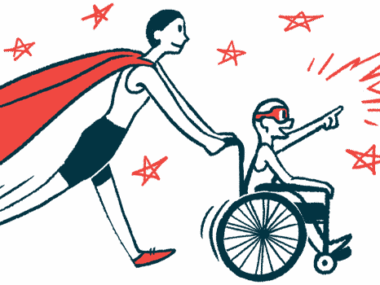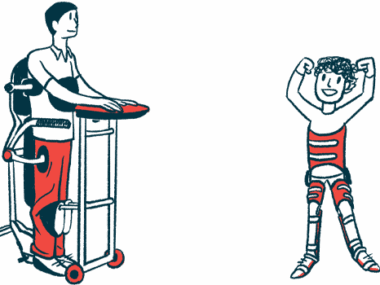Girl, 16, Becomes 1st SMA Patient to Undergo Hip Replacement Surgery
Written by |

A surgeon at UC Davis Health has successfully performed the first hip replacement in a person — in this case, a 16-year-old girl — with spinal muscular atrophy (SMA).
Before the surgery, the girl, named Malena, had pain and limited movement caused by arthritis that had developed between the ball and socket joint of her hip.
Gavin Pereira, MD, an expert in complicated hip and knee replacements at the university hospital’s department of orthopedic surgery, decided that a hip replacement was the best option after evaluating Malena.
Since the surgery in March, Malena has experienced no complications and no longer has hip pain.
“This surgery is life-changing as it will open many doors for Malena’s overall well-being and confidence through increased mobility,” Nina Daya, Malena’s mother, said in a university press release.
SMA is a rare genetic disorder that affects the motor nerves of the spinal cord and leads to progressive muscle weakness and, at times, problems with speaking, swallowing, and breathing. The joints can also be affected in certain types of SMA.
According to Malena’s mother, her left hip was so painful that it became difficult for her to move, participate in regular activities, or sit up for several hours a day. Malena was referred to Pereira by renowned pediatric orthopedic surgeon Jon Davids, MD, to find a solution for her pain and increase her mobility.
Davids believed that a hip replacement could be the solution if surgically possible. However, there were no other reported cases of hip replacements in patients with SMA, which could make the procedure challenging for the doctors.
“I found no case reports on hip replacements performed on a patient with SMA. If it has been done, it’s not been reported,” Pereira said. “Most surgeons would say that a hip replacement is not indicated in a patient who is not able to walk, and they would be right.”
Additionally, since people with SMA have softer bones and other challenging conditions, hip replacement surgery is typically not advised. However, Malena had received quarterly treatments with Spinraza (nusinersen), a disease-modifying therapy marketed by Biogen, which has been shown to increase bone mineral density.
Pereira considered two surgical strategies that could improve Malena’s symptoms. The first approach would be to perform a Girdlestone operation, which involves removing the ball of the thigh bone or femur. However, the operation posed some risks: Malena might feel the bones rubbing against each other and the range of motion of the hip could become limited. Additionally, she could continue to experience chronic pain.
The other option was a hip replacement which would be an extensive operation with more potential complications. Another problem for the surgeon was not knowing whether the implant would fit her very small frame. Therefore, the decision would have to be made during the surgery.
Before the procedure, all details were discussed with the team and 3D-printed models of CT scans of Malena’s pelvis were used to guide the operation.
Pereira performed the hip replacement surgery without complications. According to the press release, Malena’s bones were solid, and the replacement left hip fit her frame.
Her mother is optimistic about the future.
“I can see opportunities with adaptive sports and possible robotic options to assist her in the future,” Daya said. “Life is exciting! We are blessed that we have UC Davis.”








